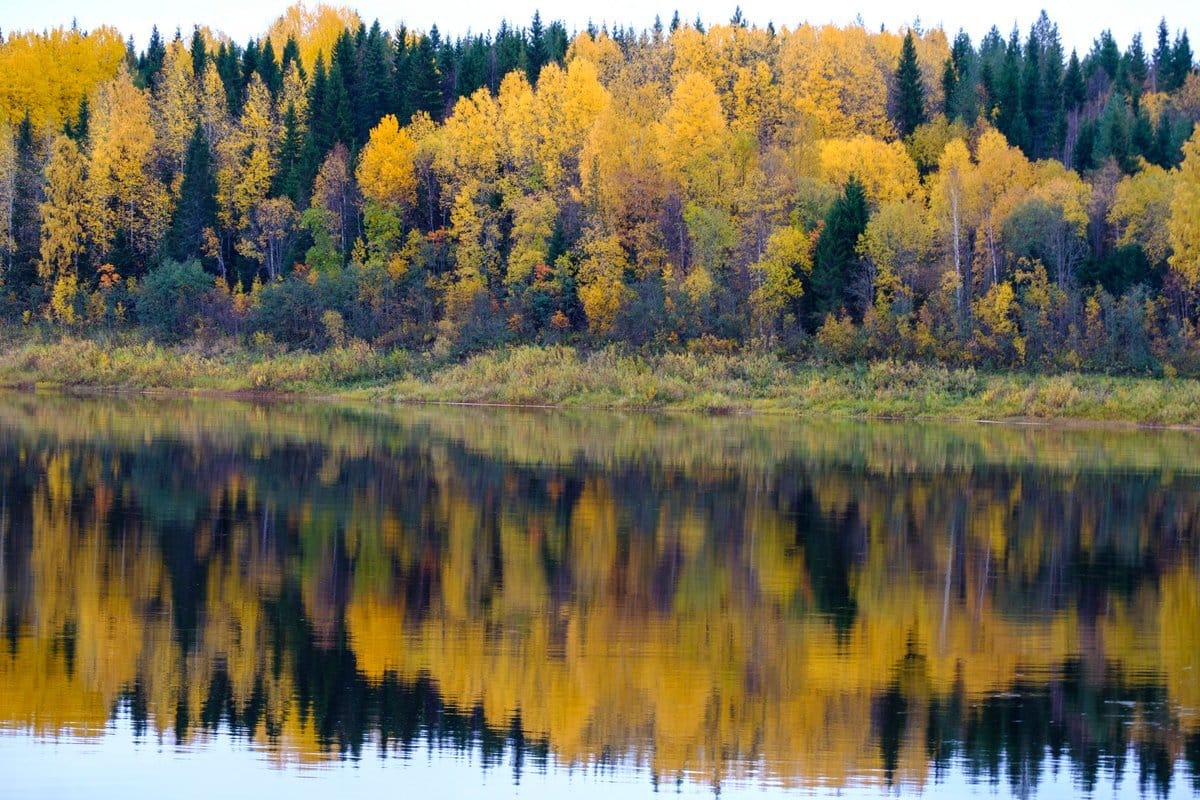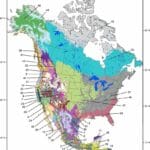Largest land-based biome on Earth, the Taiga Biome is sometimes referred to as the Coniferous or Boreal Forest. Named for Boreas, the Greek god of the North Wind, it covers North America, Asia, and Europe and boasts a noteworthy 29% of the global forest cover. Found at chilly, high elevations in more temperate latitudes, the Taiga is slightly below the Tundra biome.
Brief Notes:
Wildfires are common and vital for the rejuvenation of ecosystems.
The average yearly rainfall is about 33 inches.
Coniferous evergreen trees, spruce, pine, fir, dominate plant life.
It is home to 85 animal species, 130 fish species, 32,000 insect species, and 300 bird species.
Among iconic animals are wolves, bears, Arctic foxes, musk oxen, and Siberian tigers.
Taiga Life: A Juggling Act
Taiga life is an ongoing balancing act against hostile and merciless temperatures. With nearly non-existent spring and fall seasons, the Taiga has two main seasons: summer and winter. These seasons exhibit significant temperature swings. While summers give a fleeting time of warmth, rain, and humidity, winters are bitterly cold, with temperatures falling below -60°F.
The vegetation and animals of the Taiga are dictated by this severe temperature. Though not as varied as other ecosystems, animal life shows amazing survival strategies. Coniferous forests rule supremely; some creatures, like some birds, opt to migrate; others brave the winter, hibernating or depending on particular food supplies and hunting techniques.
The demanding Taiga conditions restrict the variety of plant life. The main species are coniferous evergreen trees such as pine, spruce, fir, and hemlock, which are perfectly suited to survive in the cold. Their needle-shaped leaves, covered in wax, reduce water loss and withstand freezing. The conical form of the trees helps snow to glide off, preventing branch breaking.
Although they are less common, deciduous trees are present in warmer Taiga pockets and help to maintain the biodiversity of the biome. The undergrowth mostly consists of tough lichens and mosses, able to live with few nutrients and little sunlight.
Wildfire: Their Function
Fascinatingly, the Taiga ecosystem naturally and absolutely depends on wildfires. Although they appear to be devastating, these flames clear out sick and aged trees, replenishing the soil with nutrients. This renewal process enables fresh development, and different plant and animal species find a more varied home.
A Delicate Balance: Taiga’s Significance
Acting as a major carbon sink, the Taiga Biome is essential in controlling the world’s temperature. The vast volumes of carbon dioxide that the thick forests collect from the atmosphere serve to slow down global warming.
But human actions like climate change and deforestation pose growing dangers to the Taiga. Rising temperatures and changed precipitation patterns endanger this fragile environment. This emphasizes the immediate need for conservation initiatives to safeguard this essential biome.
Crucially important for the survival of our world, the Taiga biome is huge and sometimes disregarded. Appreciating its worldwide relevance and supporting its protection depends on an awareness of its special qualities and the delicate equilibrium of life inside it.
- Unlock Water’s Symbolism: A Cross-Cultural Exploration - April 20, 2025
- Identify Black and White Snakes: Venomous or Harmless? - April 20, 2025
- Unlocking Potential: Origins High School’s NYC Story - April 20, 2025















